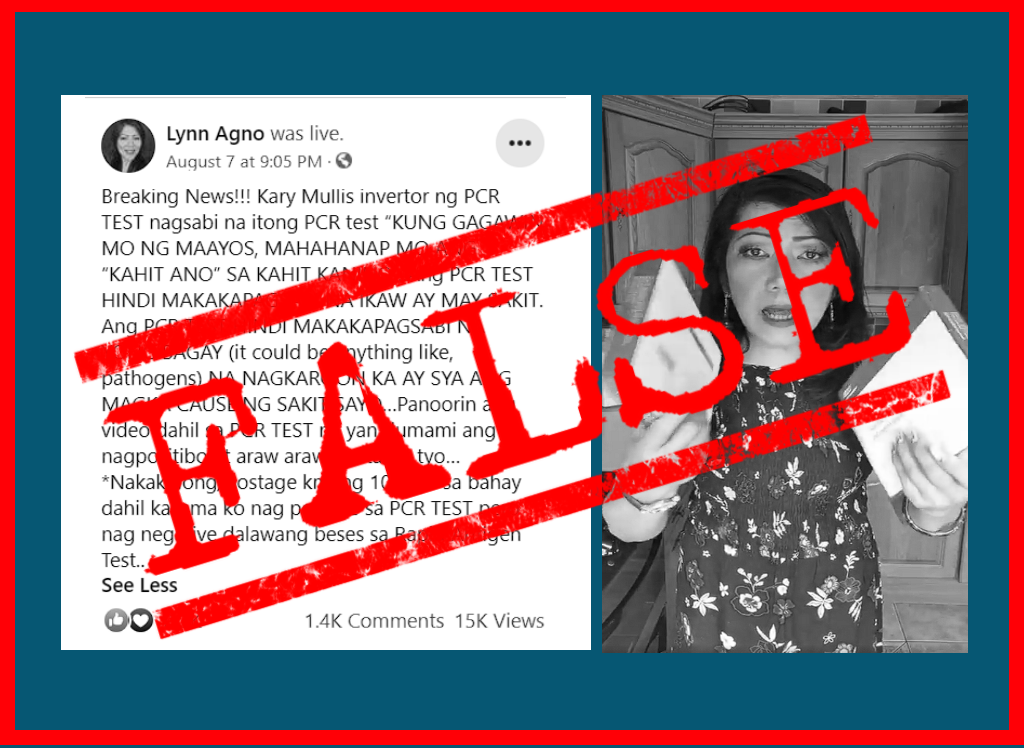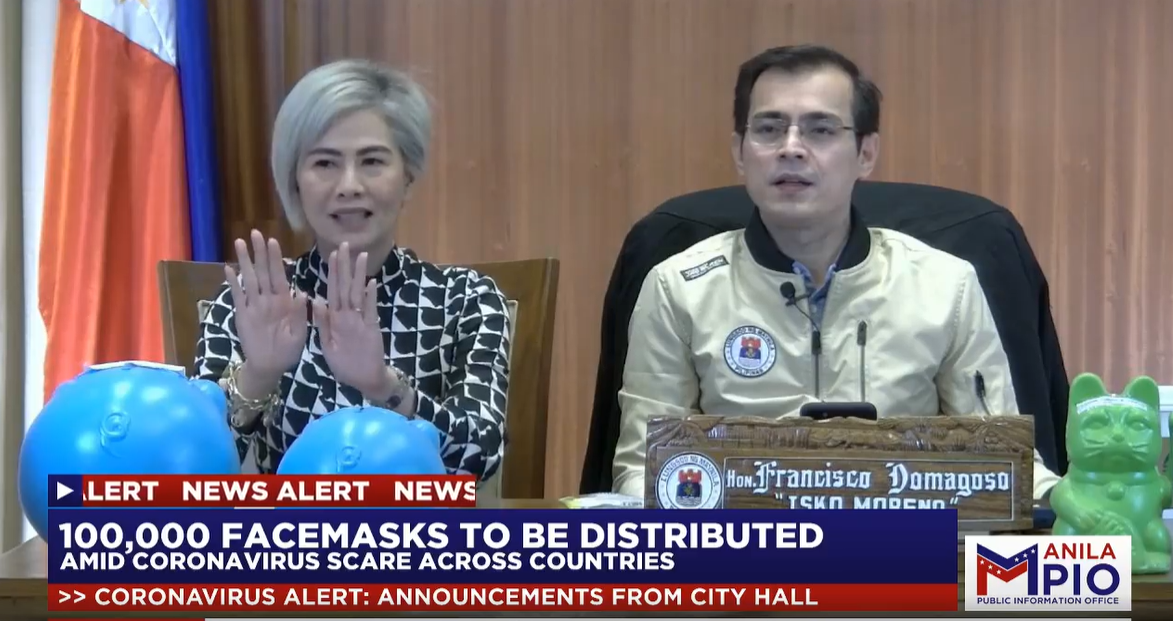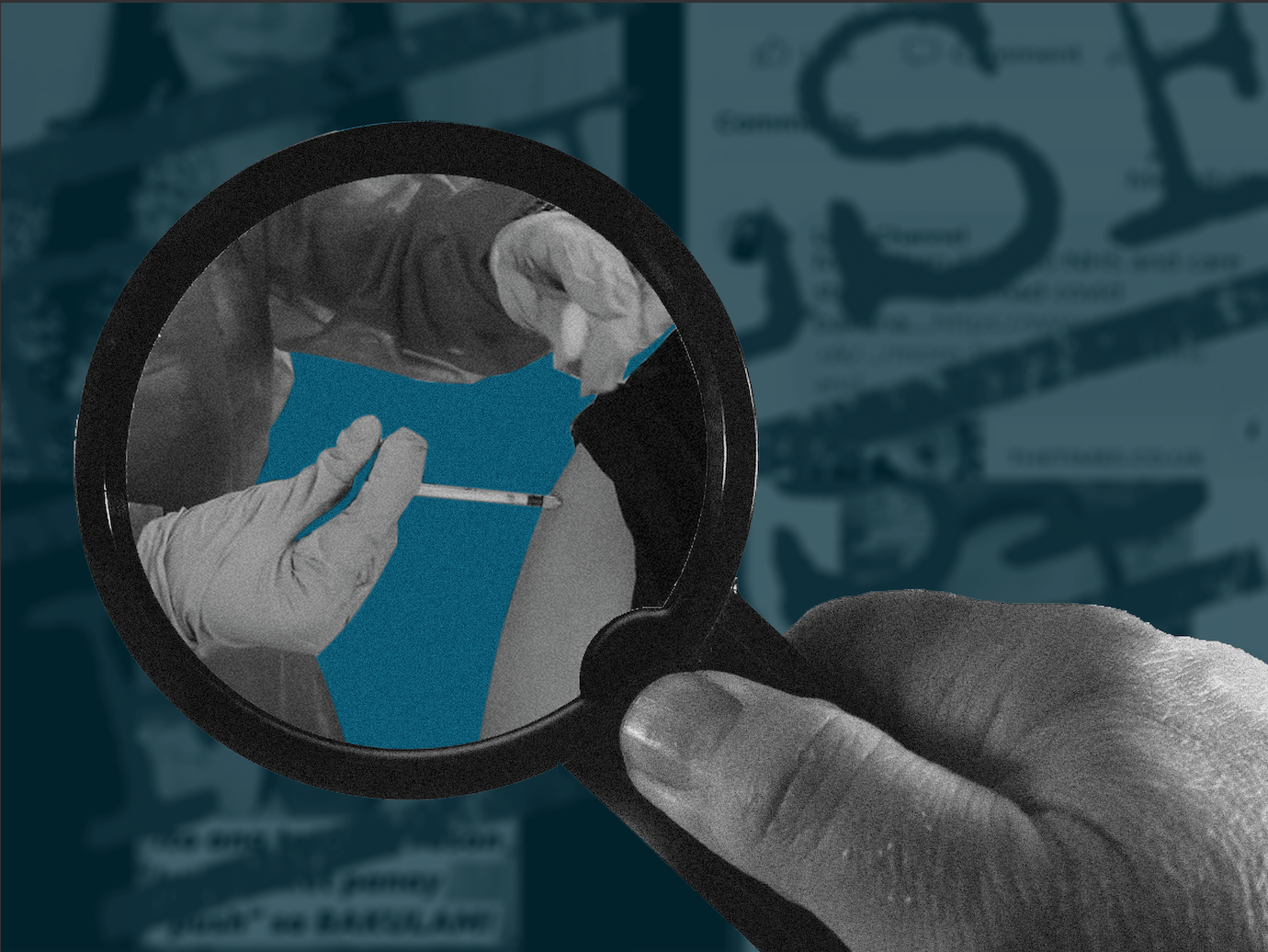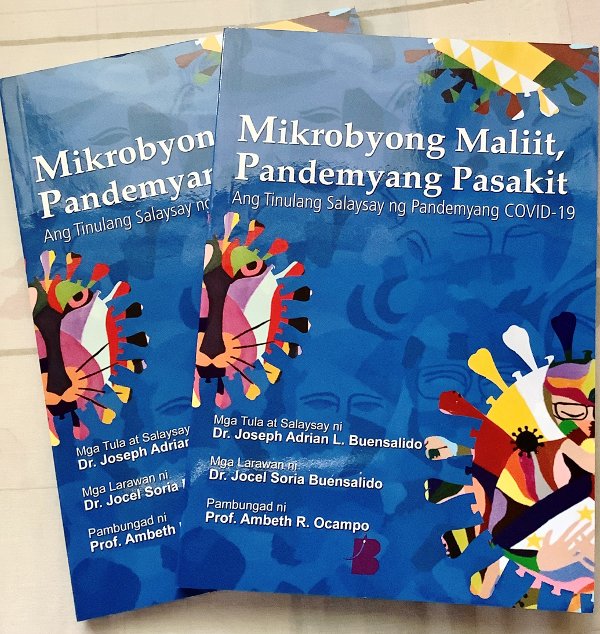A local pathologist is claiming that the reverse transcription – polymerase chain reaction (RT-PCR) testing is not a “medically sound” way of detecting the novel coronavirus. This is false.
The Department of Health (DOH), in reaction to the claim, has said that RT-PCR remains to be the “gold standard” in diagnosing coronavirus disease 2019 (COVID-19).
“The protocol in doing RT-PCR test is strictly followed in assessing for symptoms and possible exposure of a person to COVID-19,” it said in an advisory issued Aug. 21 on its Facebook (FB) page.

The incorrect claim was made by Dr. Fidel Fernandez during an hour-long Aug. 15 episode of On the Ground, a program live streamed on the FB page of political party Katipunan ng Demokratikong Pilipino.
Interviewed alongside Fernandez was molecular biologist Jose Oclarit, whom VERA Files Fact Check has previously flagged for making inaccurate claims about COVID-19 vaccines.
Two days after the program aired, parts of the video were rehashed and re-uploaded on YouTube by channel Eduard Q. TV. It bore the title “BISTADO! RT-PCR TEST NG DOH MALING-MALI PALA? | GINAWANG NEGOSYO NG DOH? DUQUE RESIGN! (Exposed! RT-PCR Test of DOH really wrong? DOH made it into a business? Duque, resign!).” The video received over 600,000 views before it was taken down for violating the platform’s community guidelines.
On Aug. 18, FB page Mr. Netizen ng Santa Maria Bulacan lifted and uploaded a five-minute clip from Eduard Q. TV’s video, which has been viewed over 3.9 million times as of writing.
VERA Files Fact Check debunks three main claims Fernandez and Oclarit made in the clip, below:
|
Claim |
Rating |
|
That RT-PCR testing is “not scientifically, clinically, medically sound” because it’s set up with a high cycle threshold, which means it’s extremely sensitive and causes a lot of false-positives |
FALSE |
RT-PCR test kits being used in the country have been tested to meet “specific sensitivity and specificity” percentages to confirm that a person has SARS-CoV-2, the virus causing COVID-19, said DOH Epidemiology Bureau director Alethea De Guzman in a media forum on Aug. 26.
She emphasized that the RT-PCR tests used for COVID-19 “were designed specific[ally] for SARS-CoV-2” and thus could only detect the said virus and its mutations.
It will not detect other viruses like that of the ordinary flu.
On ‘high’ cycle thresholds
In an explainer published on April 8 by United Kingdom-based fact checking organization Full Fact, PCR testing is performed by “repeatedly replicating target viral material in the sample to the point that it becomes detectable.”
RT-PCR refers to the same process, with an added step of “reverse transcription” (hence, the “RT” in the name) which converts the genetic material RNA into DNA. SARS-COV-2 is an RNA virus.
The level at which the virus has been detected or confirmed is called the cycle threshold (Ct). DOH’s De Guzman said each RT-PCR kit has a different Ct, and that in the Philippines, some kits may have a Ct of 30, others 40. The U.K.’s Public Health Service says RT-PCR tests usually have a maximum of 40 cycles.
But it may be simplistic to be dismissive of tests with high Cts. Full Fact writes:
“It is important to remember that these tests are a snapshot in time. Therefore, a positive result with high Ct value could represent somebody with lower amounts of virus, and lower infectivity (for example, somebody who has recently recovered from infection). It could also indicate somebody who may have been tested shortly before infection, when viral levels are low, but which may develop ‘[…] into symptomatic infection with high viral load and infectivity.’”
|
Claim |
Rating |
|
That RT-PCR tests use a “universal primer” that detects all coronaviruses, including the one that causes the ordinary flu |
FALSE |
In detecting SARS-CoV-2, RT-PCR tests do not use a universal coronavirus primer.
Fact checking organization Science Feedback, which verifies scientific claims, said the specificity of PCR tests is achieved through the proper design of these primers—which are “short nucleic acid sequences” designed to bind or anneal (align) only to the target.
Primers designed for COVID-19 RT-PCR kits are specifically designed to target genetic material in SARS-CoV-2. Science Feedback explains:
“Thanks to the efforts of scientists, we now know the full genome of SARS-CoV-2, which makes it possible to design specific primers for the virus that recognize unique segments of nucleic acid sequences and do not anneal to those found in other coronaviruses.
Furthermore, primer annealing to the target sequence is necessary to start PCR amplification. If the primers do not match a nucleic acid sequence—for example in the case of a different coronavirus—then PCR amplification of that mismatched sequence cannot occur. In short, the claim that the test for COVID-19 detects ‘any strain of coronavirus’ is false and unfounded.”
|
Claim |
Rating |
|
That asymptomatic COVID-19 cases are not real SARS-CoV-2 cases because they are not “severe” |
FALSE |
There are people infected with COVID-19 who never developed any of the common symptoms, such as cough, fever, and loss of smell or taste. In the Philippines, 5,337 (or 3.3%) of the 159,633 active cases are considered asymptomatic, based on data from the DOH as of Sept. 6.
Public health experts from Meedan’s Digital Health Lab explained that “the exact reasons for why some people develop symptoms and others do not is unknown.” But asymptomatic cases are “not unique to COVID-19” and are common for viral infections such as the human papillomavirus, they added.
“They are a public health concern, because people without symptoms are more likely to be out in the community spreading the virus, because they do not feel sick or are less likely to know that they are sick,” Meedan’s experts said.
Several factors are currently being explored as possible explanations for asymptomatic cases including age, genetics, past infection, environment, and vaccination.
Although it is not clear how frequently infections from asymptomatic cases occur, the World Health Organization (WHO) stressed that people without symptoms can still transmit the virus. Hence, it is important to continue handwashing, wearing masks, physical distancing, and maintaining proper ventilation.
The Associated Press, USA Today, and PolitiFact have also debunked a similar claim denying the existence of asymptomatic COVID-19 cases since May this year.
The misleading videos about RT-PCR testing came as the number of confirmed COVID-19 infections started to rise again in the country. A day before KDP’s program aired, the DOH recorded more than 14,000 new cases of the viral disease. This has risen in recent weeks, with the highest single-day tally recorded so far at 22,415 cases last Sept. 6.
Over 500 FB pages and public groups shared Mr. Netizen ng Santa Maria Bulacan’s video, as shown by social media monitoring tool CrowdTangle. The FB page was created just last Aug. 14.
(Editor’s Note: VERA Files has partnered with Facebook to fight the spread of disinformation. Find out more about this partnership and our methodology.)





